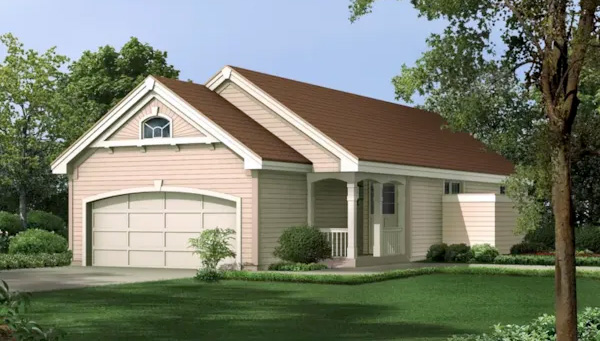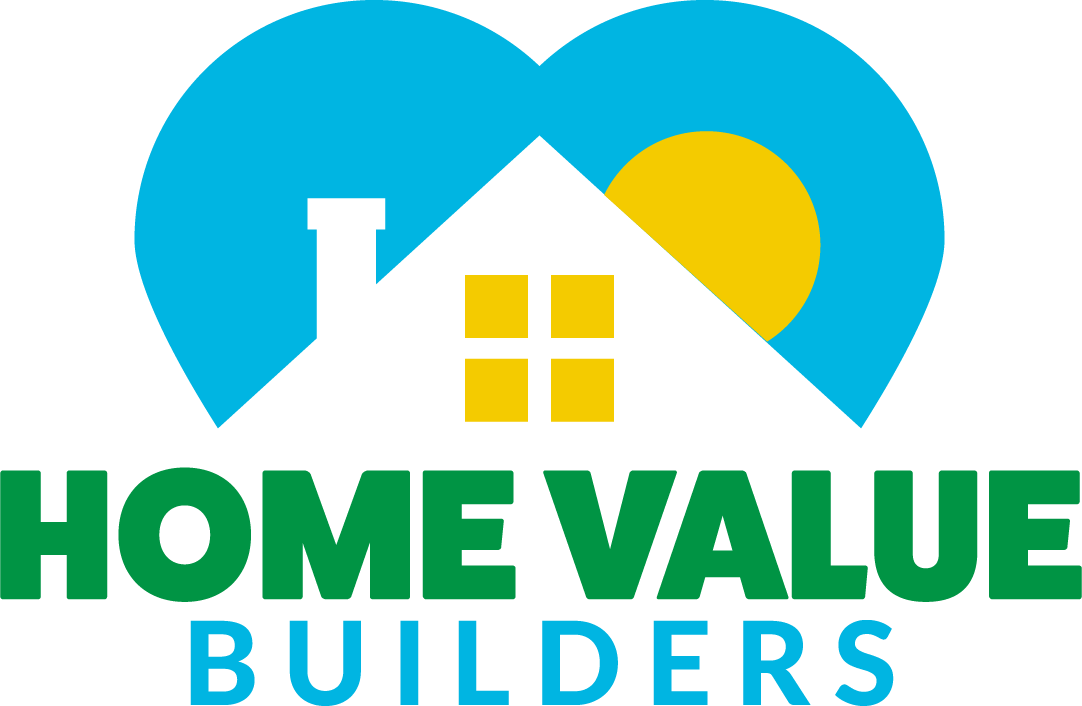Our Homes
Local non-profit 501(c)(3) committed to expanding affordable housing opportunities in Nebraska by utilizing grants and local donations.

What Makes Us Different
We use modern and accessible construction methods to create energy-efficient homes that are designed for durability and low maintenance.
Through strategic partnerships, state resources, and by community gifted donations, HVB is bridging the gap between supply and demand, empowering individuals, and building stronger neighborhoods – one home at a time.
Building smart, affordable homes that set invdiduals up for success.
Our philosophy is straightforward: to build homes that are affordable and designed to help first-time homeowners thrive.
We recognize that homeownership entails ongoing costs, some of which may surprise new homeowners. This is why we strive to make our homes as efficient and cost-effective as possible.
Foundation & Structure
- Slab Foundation with Trenched Footings – 21-inch trenches filled with concrete and rebar.
- Insulated Floors – Concrete floors with 2” of solid insulation for comfort and energy savings.
- Exterior Walls – Built with insulated concrete blocks for strength and insulation.
- Prebuilt Walls – Garage and interior walls are preassembled in sections for faster construction.
- Durable Roofing – Trussed roofs w/ metal panels for hail resistance, and summer cooling.
- Attic Insulation – Rated to R50 for superior thermal performance.
- Windows and Siding – Double-paned vinyl windows and low-maintenance composition board siding with metal soffits and fascia.
- Energy-Efficient Systems – All-electric homes feature an 18 SEER heat pump and electric furnace to reduce energy bills.
Key Features
- Size and Layout – 983 sq. ft., 3 bed/2 bath with a 2-car garage
- Interior Finish – 9-foot ceilings, solid wood cabinet doors, and carpet in bedrooms
Built for Generations
Our homes are quiet, weather-resistant, and designed to withstand high winds and harsh weather. They provide long-lasting quality, low energy consumption, and lower utility costs—making them an ideal foundation for families and communities.
